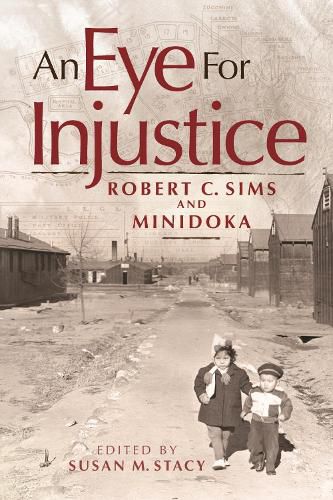Readings Newsletter
Become a Readings Member to make your shopping experience even easier.
Sign in or sign up for free!
You’re not far away from qualifying for FREE standard shipping within Australia
You’ve qualified for FREE standard shipping within Australia
The cart is loading…






As wartime hysteria mounted after the 1941 Pearl Harbor attack, the U.S. government began forcibly relocating all West Coast individuals with Japanese ancestry. The Minidoka War Relocation Center at Hunt, Idaho, opened in August 1942. Its approximately 9,300 incarcerees came mostly from the Northwest. It was a painful experience with lasting repercussions. Dr. Robert C. Sims devoted nearly half his life to research, writing, and education related to the World War II Japanese American incarceration. His impassioned yet academic approach describes Idaho Governor Chase Clark’s role, life in camp, the impact of Japanese labor on Idaho agriculture, and loyalty questionnaires, and more.
In new essays, contributors share insights into Sims’ work, as well as information about the Robert C. Sims Collection at Boise State University and the effort to memorialize the Minidoka site. Now part of the National Park System, it highlights a national tragedy and its victims’ resilience.
$9.00 standard shipping within Australia
FREE standard shipping within Australia for orders over $100.00
Express & International shipping calculated at checkout
As wartime hysteria mounted after the 1941 Pearl Harbor attack, the U.S. government began forcibly relocating all West Coast individuals with Japanese ancestry. The Minidoka War Relocation Center at Hunt, Idaho, opened in August 1942. Its approximately 9,300 incarcerees came mostly from the Northwest. It was a painful experience with lasting repercussions. Dr. Robert C. Sims devoted nearly half his life to research, writing, and education related to the World War II Japanese American incarceration. His impassioned yet academic approach describes Idaho Governor Chase Clark’s role, life in camp, the impact of Japanese labor on Idaho agriculture, and loyalty questionnaires, and more.
In new essays, contributors share insights into Sims’ work, as well as information about the Robert C. Sims Collection at Boise State University and the effort to memorialize the Minidoka site. Now part of the National Park System, it highlights a national tragedy and its victims’ resilience.